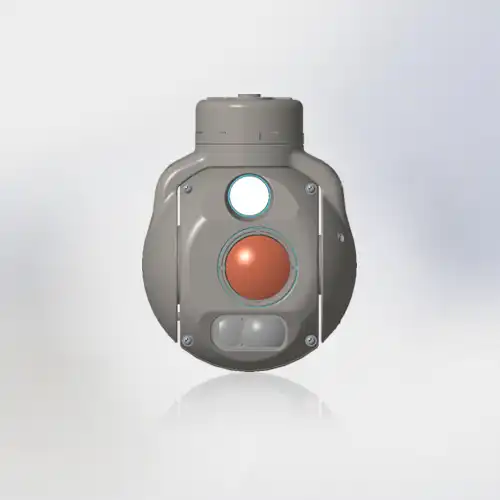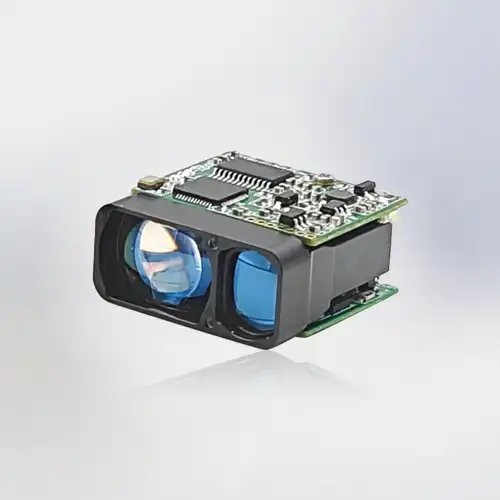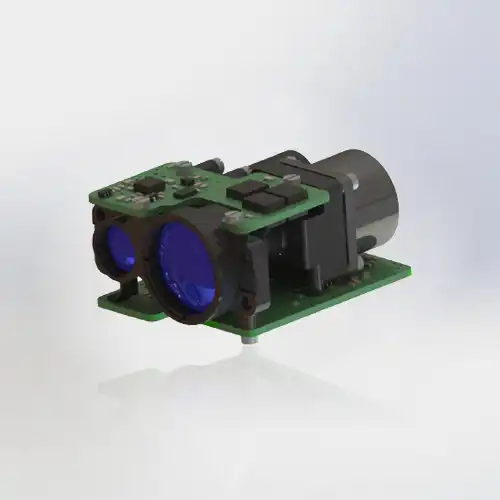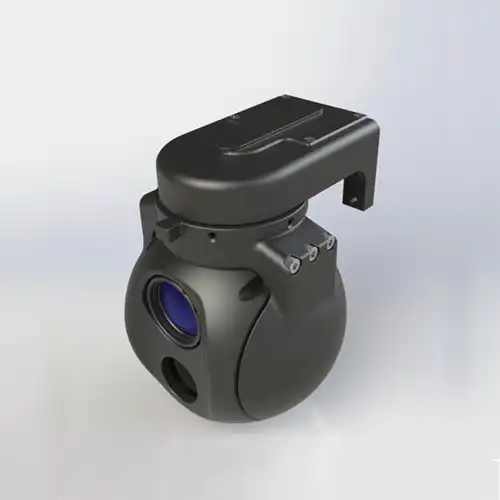What is the difference between LIDAR and laser distance meter?
As a technology specialist with a focus on precision measurement tools, I often encounter inquiries about the distinctions between various types of devices, particularly between LIDAR and Laser Rangefinders. Both are advanced technologies that use laser beams to measure distances, but they serve different purposes and operate on distinct principles.
Customer Concerns and Subtitles
- Application Specifics: Customers are curious about the specific applications each device is best suited for.
- Technological Differences: There is interest in understanding the technological distinctions between LIDAR and Laser Rangefinders.
- Cost Implications: The cost differences between the two technologies and their impact on purchasing decisions.
- Integration and Compatibility: Concerns about how each device can be integrated with existing systems or equipment.

Application Specifics
LIDAR (Light Detection and Ranging) and laser distance meters are both technologies that utilize laser light to measure distances, but they differ significantly in their applications and functionalities. LIDAR systems emit laser pulses and measure the time it takes for the light to return after hitting an object. Because of this, it is ideal for applications like autonomous vehicles, detailed 3D mapping of environments, environmental monitoring, and topographic surveys. In contrast, laser distance meters are ideal for use in construction, interior design, and other industrial settings because they only measure the distance to a single point. While both technologies use similar principles, LIDAR focuses on mapping and spatial analysis, whereas laser distance meters prioritize simple, direct distance measurements.
Technological Differences
LIDAR (Light Detection and Ranging) and Laser Rangefinders are two distinct technologies, each serving unique purposes and employing different methodologies. LIDAR operates by emitting rapid pulses of laser light and capturing the time it takes for each pulse to bounce back from various surfaces. Applications in autonomous vehicles, geographic mapping, and forestry are made possible by the production of detailed, three-dimensional maps and models of the environment through this procedure. It can efficiently cover large areas and provide high-resolution data. In contrast, a laser distance meter works by emitting a single laser beam directed at a target surface, measuring the time it takes for the light to return. This device is typically used for precise distance measurements in construction, interior design, and real estate. While both technologies use laser light for measurement, LIDAR focuses on comprehensive spatial analysis, whereas laser distance meters are designed for straightforward, point-to-point distance calculations.
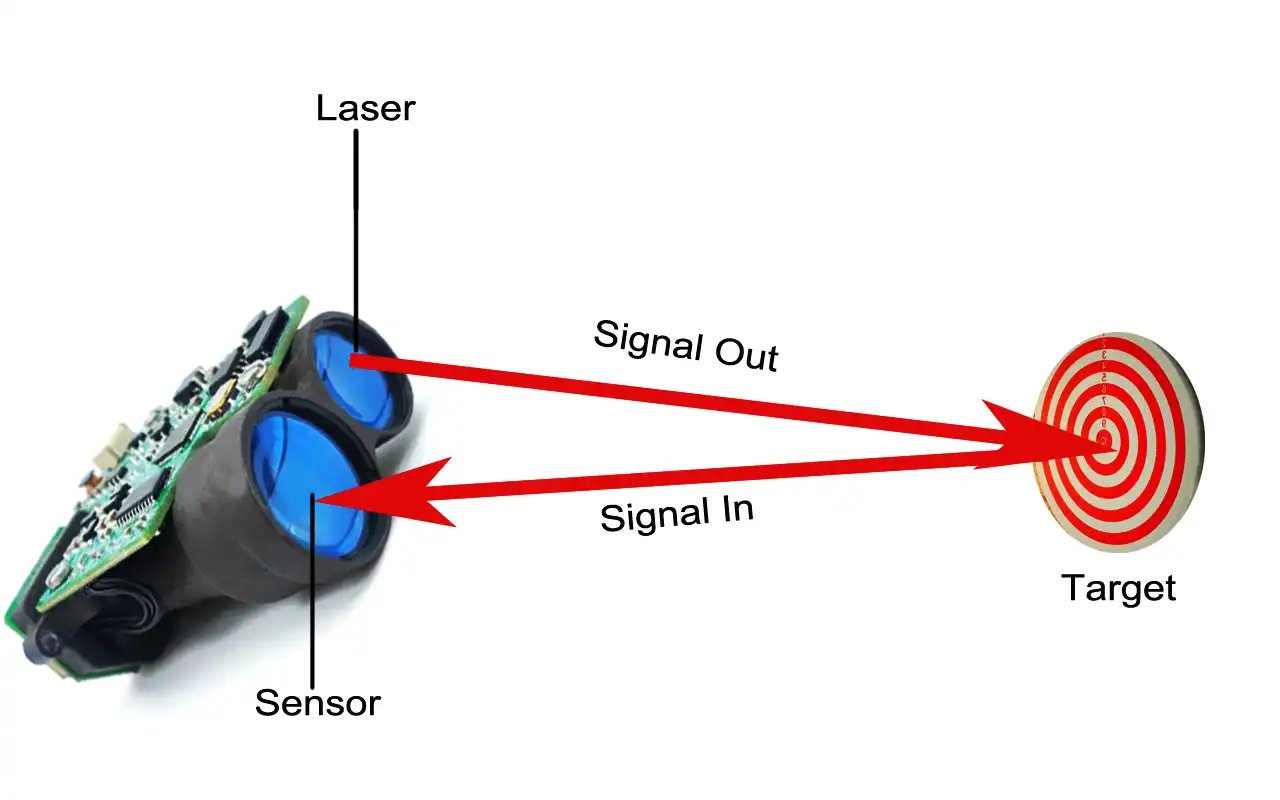

Cost Implications
The cost implications of LIDAR and laser distance meters reflect their differing technologies and applications. LIDAR systems are generally more expensive due to their complex components and advanced functionalities. The total cost of high-quality LIDAR setups can range from thousands to hundreds of thousands of dollars due to the inclusion of sophisticated sensors, GPS systems, and data processing software. Because of their extensive information capabilities, these frameworks are frequently used in specific fields like checking, ecological testing, and independent vehicles.
In contrast, laser distance meters are more affordable, with prices typically ranging from a few dozen to several hundred dollars, depending on their features and accuracy. They are designed to quickly and easily measure distances, making them suitable for use in projects related to construction, real estate, and home improvement. For simple measurement needs, laser distance meters are a cost-effective option, whereas LIDAR provides more precise spatial data.
Integration and Compatibility
When considering integration and compatibility, LIDAR and Laser Rangefinders serve different roles in various systems. LIDAR systems are often designed to integrate seamlessly with advanced technologies such as Geographic Information Systems (GIS), drones, and autonomous vehicles. Their ability to produce detailed 3D maps allows them to work well with software that analyzes spatial data, making them ideal for complex applications in urban planning, environmental studies, and transportation.
On the other hand, laser distance meters are typically standalone devices, although many modern models offer Bluetooth connectivity for easy data transfer to smartphones or tablets. This compatibility facilitates straightforward integration into basic measurement workflows, such as those used in construction or interior design. While both technologies can be integrated into broader systems, LIDAR offers more advanced integration options, suitable for high-tech applications, whereas laser distance meters provide a simpler solution for direct distance measurements.
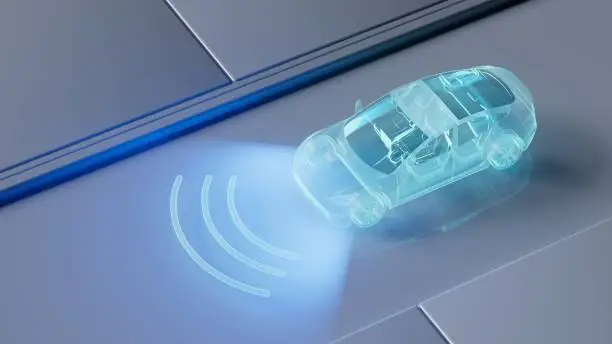
FAQ
1. What is LIDAR?
LIDAR, or Light Detection and Ranging, is a remote sensing technology that uses laser pulses to measure distances and create detailed 3D maps of the environment. It is widely used in applications such as surveying, forestry, and autonomous vehicles.
2. How does a laser distance meter work?
A laser distance meter emits a single laser beam towards a target surface and measures the time it takes for the light to return. This allows for precise distance measurements, making it useful in construction, interior design, and real estate.
3. Which is more accurate?
LIDAR generally provides more detailed spatial data and is highly accurate over long distances. Laser Rangefinders are also accurate but are typically limited to direct point-to-point measurements.
4. Are they interchangeable?
While both use laser technology, they are not interchangeable. LIDAR is suited for complex mapping tasks, whereas laser distance meters are designed for straightforward distance measurements.
Conclusion
Understanding the differences between LIDAR and Laser Rangefinders is crucial for selecting the right tool for your project. While LIDAR offers advanced 3D mapping capabilities, Laser Rangefinders provide straightforward distance measurements. Hainan Yiyang Technology Co., Ltd. is committed to providing you with the most suitable Laser Rangefinders for your needs.
Call to Action
Hainan Yiyang Technology Co., Ltd. is a professional manufacturer and supplier of the Rangefinders, equipped with a large inventory, complete certificates, fast delivery, and strict packaging standards. We support testing and offer OEM and ODM services to ensure our products meet your specific requirements. If you are in the process of choosing your own Laser Rangefinders, please contact us at evelyn@eyoungtec.com for a customized solution.
References
1. "LIDAR vs. Laser Rangefinders: Understanding the Differences." Measurement & Control, https://www.measurementandcontrol.com
2. "Precision Measurement Technologies: LIDAR and Laser Rangefinders." Industrial Tech Review, https://www.industrialtechreview.com
3. "Cost Analysis of LIDAR Systems and Laser Rangefinders." Cost Engineering International, https://www.costengineering.com
4. "Integration of Advanced Measurement Devices in Industrial Automation." Automation Solutions Magazine, https://www.automationsolutionsmag.com
